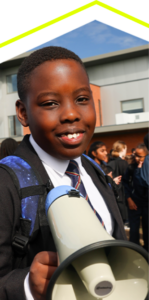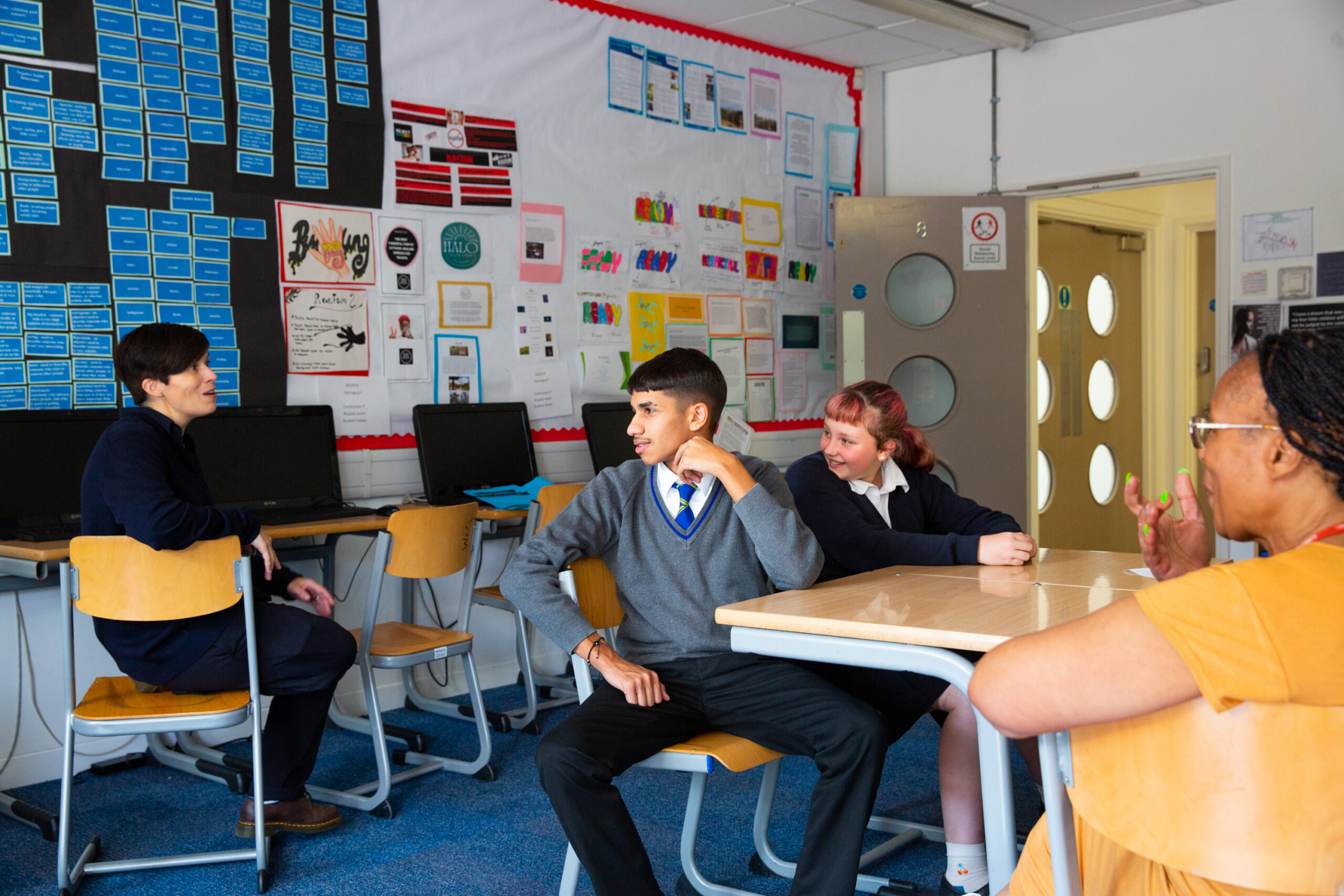

Suspensions and exclusions across all schools in England are predicted to have risen by more than 20 per cent last year compared to the previous year, up to 625,000 incidences, according to a new report. This report was published by IPPR and produced on behalf of the Who’s Losing Learning? Coalition; a group of charities who are committed to improving the outcomes of disadvantaged children, Mission 44, The Difference and Impetus.
Researchers additionally compared the first two terms of 2022/23 with a sample from the same period in 2023/24 and found that the suspension and exclusion rate for secondary school children increased from 14.3 per cent to 17 per cent, also a rise of one fifth. Further new analysis of 2022/23 data also reveals that a record 32 million days of learning were lost by pupils of all ages, due to a combination of unauthorised absence and exclusions. That number is 72 per cent higher than in 2018/19 (the last full school year before the pandemic) and is the equivalent of every pupil in two cities the size of Liverpool missing school every day for a year.
This new report reveals that many widely-used estimations of exclusions and absences have failed to capture the full picture of children losing learning nationally. It introduces an ‘exclusions continuum’ covering 14 types of ‘losing learning’ (including exclusions, suspensions and unauthorised absences) and finds that the most vulnerable children are most likely to miss out across this continuum.

Poorer children, children known to social services, those with school-identified special educational needs (SEN) and/or mental ill health, and children from ethnic minority backgrounds disproportionately experience missed learning. The report found:
The report also highlights the long-term consequences of lost learning, including the economic and social costs.
A new Who’s Losing Learning? Solutions Council has been set up by the Coalition of charities to set out how the education sector should respond to this challenge. Chaired by Pepe Di’Iasio, general secretary of ASCL, the council brings together experts from across civil society, including multi academy trust leaders Sir Dan Moynihan and Liz Robinson; professors of mental health and social work, Peter Fonagy and Carelene Firman; Children’s Commissioner Dame Rachel de Souza; and the Bishop of Dover, Rose Hudson-Wilkin.
“Record levels of school exclusions and suspensions are a growing concern. Not only do they limit a child’s future opportunities, they too often address the symptoms of much deeper issues, not the root causes of poor behaviour. The most vulnerable young children continue to be the most impacted, making this a serious social justice issue that policymakers, educators and the community need to work together to take urgent action to address. Mission 44 is committed to supporting this vital work and will continue to amplify the voices of young people to ensure every child receives the education they deserve.”